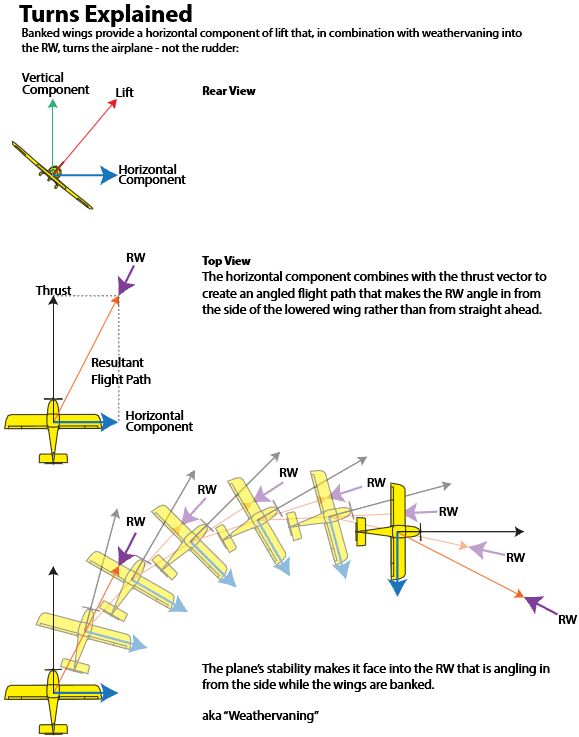SixPapaCharlie
May the force be with you
- Joined
- Aug 8, 2013
- Messages
- 16,095
- Display Name
Display name:
Sixer
Is the "rocket on the front of the plane" facing in such a way as to push the plane backwards?
Or is is out on a pole as if pulling the plane but offset so that the thrust doesn't burn the aircraft. It is going to lower the resale value if it is blasting the airframe.
Maybe a series of ropes way out in front.
Or is is out on a pole as if pulling the plane but offset so that the thrust doesn't burn the aircraft. It is going to lower the resale value if it is blasting the airframe.
Maybe a series of ropes way out in front.





